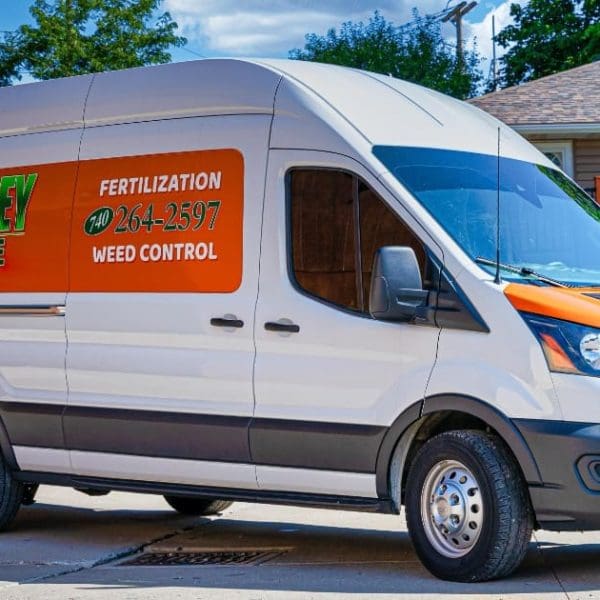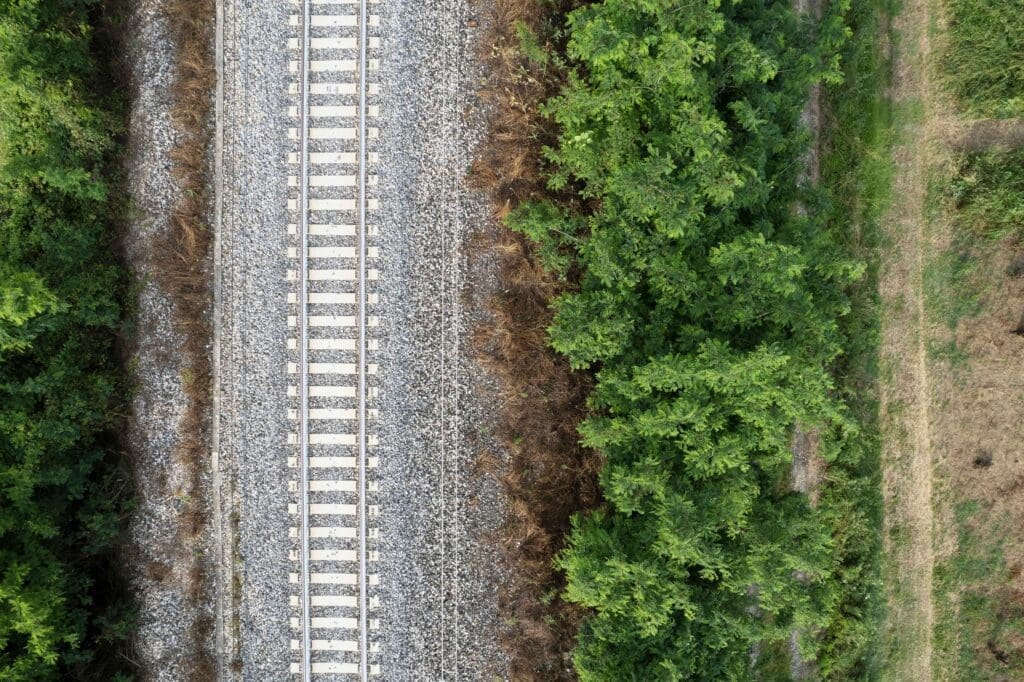Keep your business and industrial sites safe, compliant, and efficient with our expert vegetation control services, designed to eliminate unwanted growth and protect your operations year-round.


Industrial vegetation control is crucial for maintaining the safety, efficiency, and longevity of industrial sites and infrastructure. Uncontrolled vegetation growth can obstruct equipment, block access routes, and create hazardous conditions, such as increased fire risk or damage to critical infrastructure like pipelines and power lines. By regularly managing vegetation, you ensure that your operations run smoothly and safely, reducing the likelihood of costly accidents, equipment failures, or downtime. This proactive approach not only protects your assets but also contributes to a safer working environment for employees and contractors.
In addition to safety and operational efficiency, industrial vegetation control is essential for regulatory compliance and environmental stewardship. Many industries are subject to strict regulations regarding vegetation management, particularly in sensitive areas such as utility corridors, railways, and energy production sites. Proper vegetation control helps prevent violations that could result in fines, legal issues, or delays in project timelines by managing invasive species and promoting native vegetation. Overall, investing in professional vegetation management is a critical component of responsible and successful industrial operations.